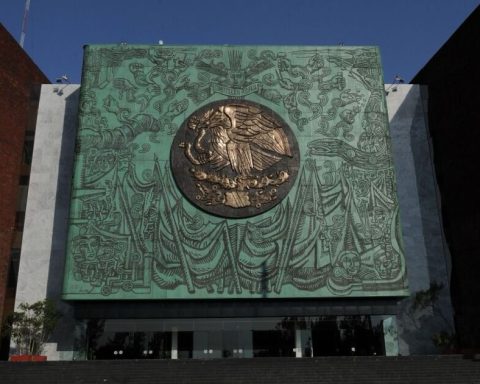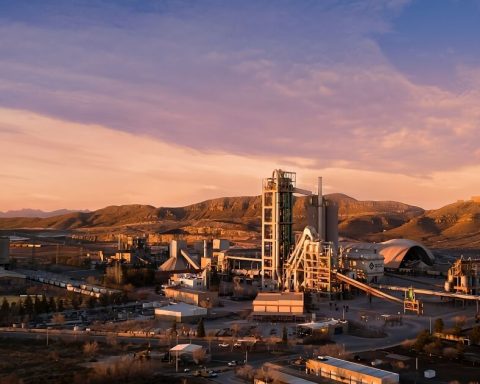Surveyed economists had predicted that payrolls would add 200,000 jobs, with estimates ranging from 130,000 to 350,000. Monthly employment growth is well above the rate of expansion of the working-age population.
The unemployment rate fell to 3.5% from 3.6% in November. The Government reviewed the seasonally adjusted data from the household survey, from which the unemployment rate is derived, for the last five years.
Average hourly earnings rose 0.3% from 0.4% the previous month, trimming the annual gain to 4.6% from 4.8% in November. Other government data this week showed that there were 10,458 million offers of worked at the end of November, which translated into 1.74 positions for each unemployed person.
The job market has remained strong, despite the fact that the Fed embarked on its fastest interest rate hike cycle since the 1980s last March.
Interest rate-sensitive industries such as housing and finance, and technology companies including Twitter, Amazon and Meta, the parent of Facebook, have cut jobs. However, airlines, hotels, restaurants and bars are desperate for workers as the hospitality and leisure industry continues to recover from the COVID-19 pandemic.
Labor market resilience is propping up the economy by sustaining consumer spending, but it raises the risk that the Fed could raise its interest rate target above the 5.1% high the central bank projected last month and keep it there. for a while.
However, the trend in job growth could slow significantly by mid-year as more costly credit weighs on consumer spending and ultimately business investment.
Last year, the Fed raised its policy rate by 425 basis points from near zero to a range of 4.25% to 4.50%, the highest since late 2007. Last month, it projected at least an additional 75 basis points of increases. in borrowing costs by the end of 2023.














